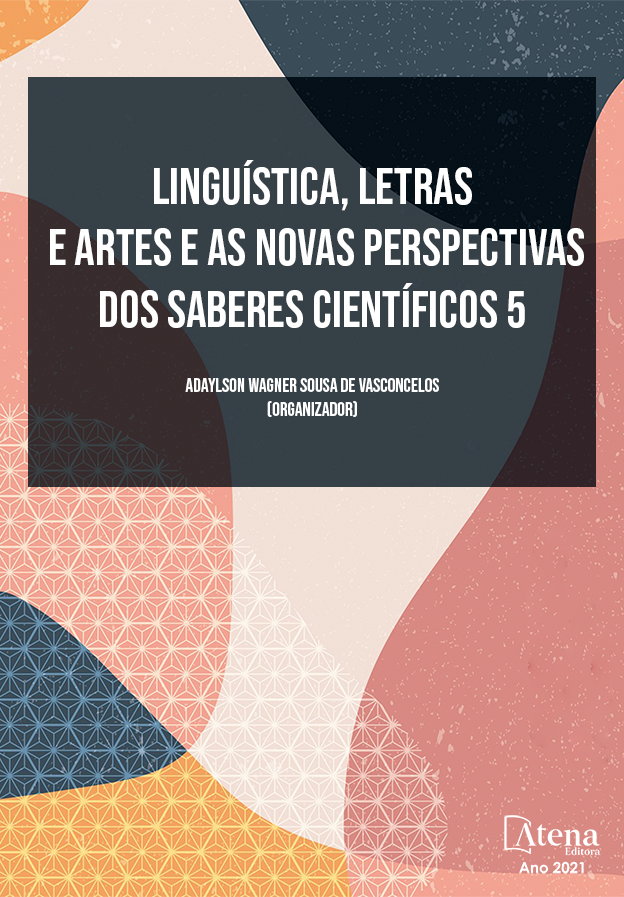
O ANÚNCIO PUBLICITÁRIO EM LIVROS DIDÁTICOS DE LÍNGUA PORTUGUESA: DETERMINAÇÕES E REPERCUSSÕES DO PARECER CNE/CEB Nº 15/2000
A inserção de anúncios publicitários comerciais em materiais didáticos é vetada pelo Parecer CNE/CEB nº 15/2000, que proíbe a veiculação de propaganda nesse material, no entanto observa-se que tal determinação acabou por influenciar também a abordagem didática desse gênero textual, como verificamos em uma análise empreendida em cinco coleções de livros didáticos destinadas ao Ensino Fundamental com maior nível de aprovação no Programa Nacional do Livro e do Material Didático (PNLD - 2020). Nesses livros, constatamos a quase escassez de anúncios de venda, o que levou à hipótese de que tal situação deriva de alguns equívocos por parte dos autores dos livros didáticos quanto ao Parecer CNE/CEB nº 15/2000. Nesse sentido, este trabalho tem por objetivo analisar essa regulamentação no que diz respeito à presença do texto publicitário em livros didáticos e apontar como repercutiu na abordagem pedagógica desse gênero. Fundamentamo-nos teoricamente nos estudos de Bakhtin (1997), Carvalho (1998), Gomes (2000) e Laurindo (2007). Em termos metodológicos, desenvolvemos um estudo quanti-qualitativo, descritivo e documental, com levantamento de dados no Parecer CNE/CEB nº 15/2000 e em livros didáticos destinados ao Ensino Fundamental. Os resultados evidenciam que os anúncios de vendas de serviços ou produtos estão ausentes nas coleções supracitadas, em uma visão equivocada da regulamentação, privando os alunos de uma orientação sistematizada sobre como lidar com as injunções da publicidade nas práticas sociais.
O ANÚNCIO PUBLICITÁRIO EM LIVROS DIDÁTICOS DE LÍNGUA PORTUGUESA: DETERMINAÇÕES E REPERCUSSÕES DO PARECER CNE/CEB Nº 15/2000
-
DOI: 10.22533/at.ed.7552104039
-
Palavras-chave: Livros didáticos. Anúncios publicitários. Parecer CNE/CEB nº 15/2000.
-
Keywords: Textbooks. Advertising. CNE / CEB Opinion No. 15/2000.
-
Abstract:
The insertion of commercial advertisements in teaching materials is prohibited by Opinion CNE / CEB nº 15/2000, which prohibits the placement of advertising in this material, however it is observed that such determination ended up also influencing the didactic approach of this textual genre , as we verified in an analysis carried out in five collections of didactic books destined to Elementary Education with a higher level of approval in the National Program of Books and Didactic Material (PNLD - 2020). In these books, we found the almost scarcity of sales advertisements, which led to the hypothesis that this situation derives from some mistakes on the part of the textbook authors regarding Opinion CNE / CEB nº 15/2000. Thus, this work aims to analyze this regulation with regard to the presence of the advertising text in textbooks and to point out how it affected the pedagogical approach of this genre. We are theoretically based on the studies of Bakhtin (1997), Carvalho (1998), Gomes (2000) and Laurindo (2007). In methodological terms, we developed a quantitative-qualitative, descriptive and documentary study, with data collection in Opinion CNE / CEB nº 15/2000 and in textbooks for Elementary Education. The results show that advertisements for sales of services or products are absent from the aforementioned collections, in a mistaken view of regulation, depriving students of systematic guidance on how to deal with advertising injunctions in social practices.
-
Número de páginas: 20
- Shirlei Marly Alves
- Nathalee Paloma Souza Vieira


